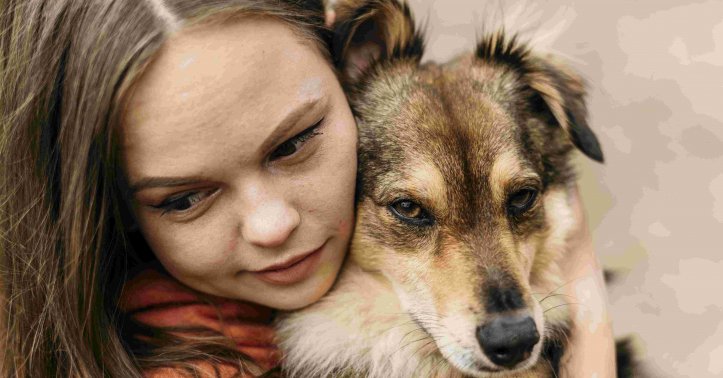
Handling stray dogs with compassion
A spiritual solution for handling stray dogs is not a single action but a shift in consciousness—a move from seeing them as a "problem" to seeing them as sentient beings deserving of compassion, and recognizing our role in their plight and their healing.
Here is a multi-faceted spiritual framework for addressing this issue:
1. The Foundation: Shift in Perception (The Inner Work)
This is the core of the spiritual approach. Before any action, we must change how we see them.
-
From Nuisance to Neighbor: See stray dogs not as pests or dangers first, but as living beings sharing your environment. They are sentient creatures experiencing fear, hunger, joy, and pain, just like us. They are our "non-human neighbors."
-
Practice Ahimsa (Non-Violence): A principle from Hinduism, Buddhism, and Jainism. Ahimsa means causing no harm in thought, word, or deed. Cultivate thoughts of compassion rather than fear or anger. This energy affects your interactions.
-
See the Divine in All Beings: Many traditions (like seeing God's creation in Christianity/Islam, or the Atman/Brahman in Hinduism) teach that the same divine spark exists in all life. When you look at a stray dog, try to see the life force within it, which is the same force within you.
-
Karma and Responsibility (Dharma): From an Eastern perspective, the existence of suffering animals can be seen as a collective karmic reflection of societal neglect. Our dharma (righteous duty) is to alleviate suffering where we find it, not contribute to it. Helping them is a way to cleanse collective and personal karma.
2. The Practice: Compassionate Action (The Outer Work)
Spirituality without action is incomplete. The inner shift must manifest as compassionate action.
-
Feed with Love and Respect: If it is safe to do so, provide food and fresh water. Do not just throw food. Place it calmly, speak gently, and allow the animal to eat in peace. This act of seva (selfless service) is a powerful spiritual practice in many traditions.
-
Provide Basic Shelter: In extreme weather, even a simple makeshift shelter (a cardboard box with blankets, a plastic tub turned on its side) can be a lifesaving act of mercy.
-
Support TNR (Trap-Neuter-Return): This is one of the most critical and humane actions. It aligns perfectly with spiritual principles:
-
Compassion: It prevents the suffering of future generations born on the streets.
-
Non-Violence: It is a peaceful, scientific method to manage populations without harm.
-
Right Action: It addresses the root cause (overpopulation) rather than the symptom.
Support local animal welfare groups doing TNR through donations or volunteering. This is karma yoga—selfless action for the good of all.
-
Adopt or Foster: If your circumstances allow, opening your home to a rescued animal is the ultimate act of compassion. You are literally saving a life and offering love and sanctuary.
-
Educate and Advocate: Use your voice. Gently educate neighbors and community members about compassion, dispel myths about stray dogs, and advocate for humane municipal animal control policies. Speak for those who cannot speak for themselves.
3. The Challenge: Dealing with Fear and Aggression
This is often the biggest hurdle. A spiritual approach requires wisdom alongside compassion.
-
Do Not Force Interaction: Respect their space. Forcing contact out of a desire to "help" can scare them and lead to a defensive bite. Compassion sometimes means loving from a distance.
-
Bless from Afar: If a dog is too fearful or aggressive to help physically, you can still send it thoughts of peace, safety, and comfort. Many believe in the power of prayer or distant healing energy for animals.
-
Report Wisely: If a dog is truly a danger to itself or the community (e.g., severely injured, dangerously aggressive), the most compassionate act may be to report it to a reputable animal welfare organization (not a pound that euthanizes). The goal is to get them professional help.
4. A Prayer or Mantra for the Situation
You can incorporate this into your daily practice:
"May all beings, including the stray dogs in my community, be safe, free from suffering, and live in peace. May I find the compassion and wisdom to help in whatever way I can. Guide me to be a force for good in their lives."
In Summary: The Spiritual Solution is a Path
The spiritual solution is not a quick fix. It is a path of:
-
Seeing Clearly: Recognizing the shared consciousness and inherent worth of every being.
-
Feeling Compassion: Allowing your heart to be moved by their suffering.
-
Acting Wisely: Taking humane, effective, and selfless action to alleviate that suffering.
By Jamuna Rangachari








